Recessed lighting is a popular choice for homeowners who want to add a modern touch to their homes. It is a type of lighting that is installed into the ceiling, creating a sleek look. Recessed lighting is also known as can lighting or pot lighting. It is a great way to highlight specific areas of a room, such as artwork or architectural features. Additionally, recessed lighting can provide general lighting for a room, making it brighter and more inviting.
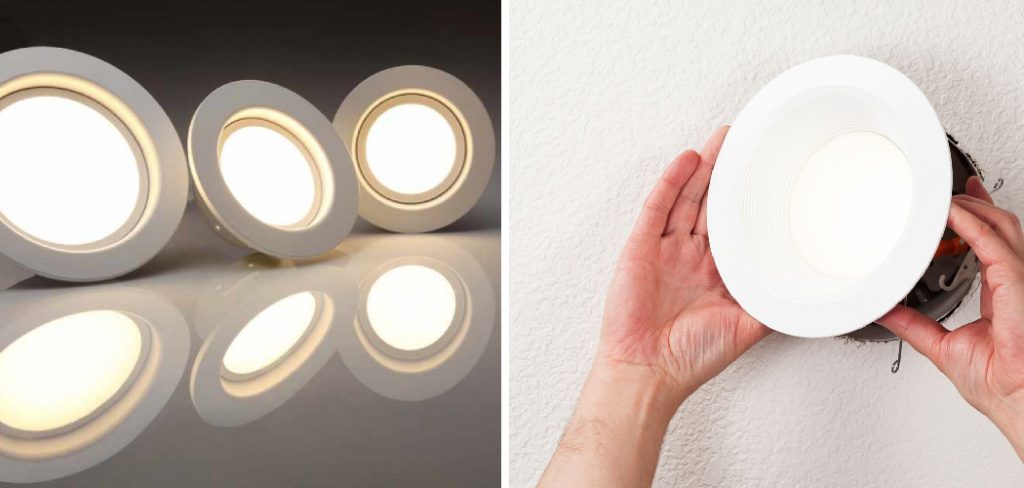
However, installing recessed lighting can be a challenge, especially for homes without attic access. Attic access is necessary for running wires and installing the light fixtures. Without attic access, homeowners may need to cut holes in the ceiling to install the lights, which can be a daunting task.
In this article, we will discuss how to install recessed lighting without attic access, the benefits of recessed lighting, the challenges of installing it without attic access, and how to overcome those challenges.
Understanding Recessed Lighting and its Benefits
Recessed lighting comes in different types, including LED, halogen, and incandescent. LED lights are the most energy-efficient and long-lasting, while halogen lights are the brightest and most affordable. Incandescent lights are the least energy-efficient and have a shorter lifespan than LED and halogen lights.
One of the benefits of recessed lighting is that it can enhance the look and feel of a room. By highlighting specific areas of a room, such as artwork or architectural features, recessed lighting can create a focal point and add depth to the space. Additionally, recessed lighting can provide general lighting for a room, making it brighter and more inviting.
Another benefit of recessed lighting is that it can save space. Unlike traditional light fixtures, recessed lighting is installed into the ceiling, which can free up space in a room. This is especially useful in small rooms or rooms with low ceilings.
Challenges of Installing Recessed Lighting in Homes Without Attic Access
Homes without attic access may face challenges when installing recessed lighting. Attic access is necessary for running wires and installing the light fixtures. Without attic access, homeowners may need to cut holes in the ceiling to install the lights, which can be a daunting task.
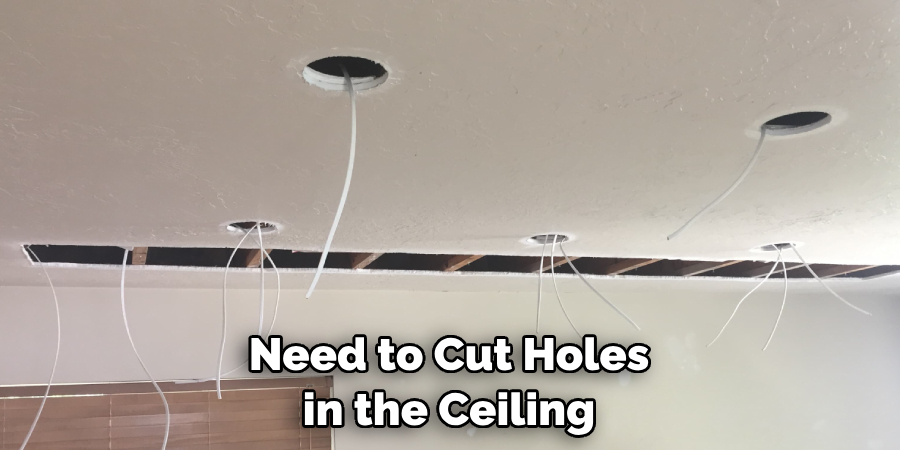
Additionally, homes without attic access may have insulation or other obstacles in the ceiling that can make installation more difficult. Homeowners may need to hire a professional to install the lights, which can be expensive.
However, there are ways to overcome these challenges. Homeowners can use a stud finder to locate the ceiling joists and avoid cutting into them. They can also use a drywall saw to cut the holes for the lights and a fish tape to run the wires through the ceiling. With the right tools and techniques, homeowners can successfully install recessed lighting in homes without attic access.
Tools and Materials Required for DIY Recessed Lighting Installation
To install recessed lighting, homeowners will need the following tools and materials:
- Stud finder
- Drywall saw
- Fish tape
- Wire stripper
- Wire nuts
- Electrical tape
- Recessed light fixtures
- Light bulbs
- Electrical wire
- Junction box
- Screwdriver
- Pliers
The stud finder is used to locate the ceiling joists and avoid cutting into them. The drywall saw is used to cut the holes for the lights, and the fish tape is used to run the wires through the ceiling. The wire stripper is used to strip the insulation off the wires, and the wire nuts and electrical tape are used to connect the wires.
The recessed light fixtures are the actual lights that will be installed into the ceiling. Homeowners should choose the type of light fixture that best suits their needs, such as LED, halogen, or incandescent. The light bulbs should also be chosen based on the type of light fixture.
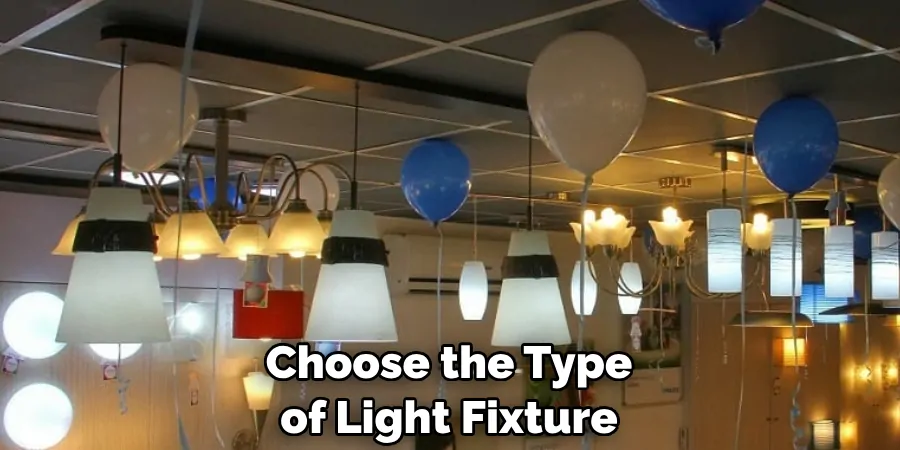
The electrical wire is used to connect the light fixtures to the power source. The junction box is used to house the wires and provide a safe connection. The screwdriver and pliers are used to secure the light fixtures and junction box.
10 Methods How to Install Recessed Lighting Without Attic Access
Method 1: The Drop Ceiling Solution
If your home or building has a drop ceiling, this method offers an excellent option for recessed lighting installation. By removing the ceiling panels strategically, you can access the space above and run wiring for the recessed lights. This technique allows for seamless integration of the lighting fixtures without the need for attic access.
Method 2: Utilizing Wall Cavities
In situations where attic access is unavailable, utilizing existing wall cavities can be an effective alternative. By carefully cutting into the walls, you can create pathways for wiring to connect the recessed lights. Proper planning and precise measurements are crucial to ensure a professional and secure installation.
Method 3: Fish Tape Method
The fish tape method involves using a specialized tool called a fish tape to navigate the wiring through wall cavities or other concealed spaces. This technique requires patience and precision but can be a viable option when attic access is not possible. It is essential to follow electrical codes and safety guidelines when employing this method.
Method 4: Magnetic Wire Fishing
This innovative technique utilizes magnets to guide wires through walls or ceilings. By attaching a magnet to a string or flexible wire, you can easily navigate the wiring route without the need for attic access. Careful consideration should be given to potential obstructions and the weight capacity of the magnets used.
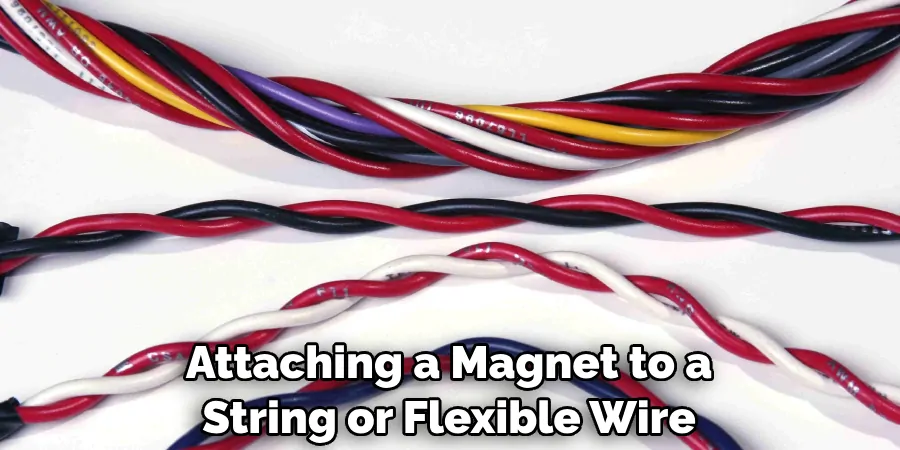
Method 5: External Conduit Installation
In situations where running wires internally is challenging, external conduit installation offers a practical solution. By mounting conduit along the walls or ceilings, you can protect the wiring and achieve a clean and organized appearance. This method requires careful planning and coordination with other elements in the space.
Method 6: Wireless Lighting Systems
Advancements in technology have paved the way for wireless lighting systems that eliminate the need for extensive wiring. By opting for wireless recessed lighting fixtures, you can easily install and control the lights without the constraints of attic access. These systems often utilize battery or remote control options for seamless operation.
Method 7: Surface-Mounted Lighting
Surface-mounted lighting fixtures can provide an attractive and functional alternative to recessed lighting when attic access is limited. These fixtures attach directly to the ceiling surface, eliminating the need for extensive wiring or access above. With a wide range of design options available, surface-mounted lights can complement any interior style.
Method 8: Retrofit Lighting Kits
Retrofit lighting kits are specifically designed for situations where recessed lighting needs to be installed without attic access. These kits typically consist of a mounting bracket and a trim that fits directly over existing ceiling openings. Retrofit kits offer a convenient and efficient solution, reducing the need for complex wiring modifications.
Method 9: Collaboration with Professionals
In cases where the installation process seems challenging, it is advisable to seek assistance from professional electricians or lighting specialists. Their expertise and experience can ensure a successful installation without compromising safety or code compliance. Collaborating with professionals can provide valuable insights and guidance throughout the process.
Method 10: Modular Lighting Systems
Modular lighting systems offer a versatile and adaptable solution for recessed lighting installation without attic access. These systems consist of individual lighting modules that can be interconnected and installed through existing openings. With modular systems, you have the flexibility to create customized lighting configurations to suit your specific needs.
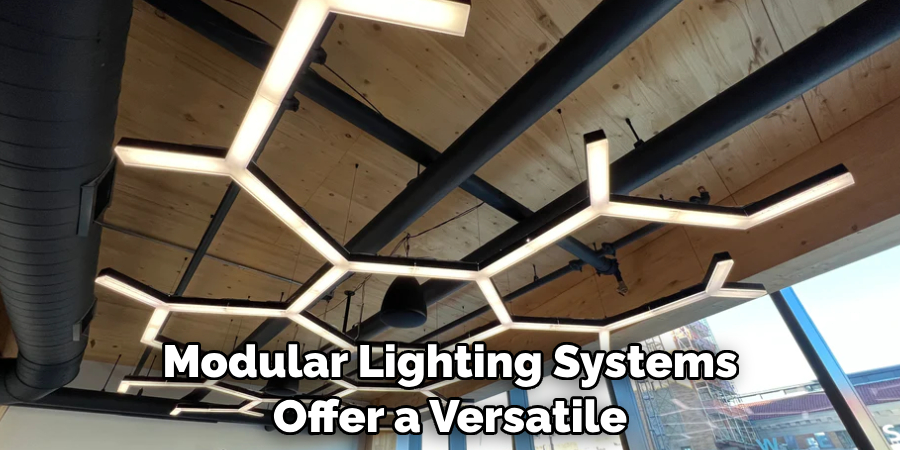
Tips for Choosing the Right Type of Recessed Lighting for Your Home
When choosing the right type of recessed lighting for your home, there are several factors to consider. First, consider the purpose of the lighting. Do you want to highlight specific areas of a room, or do you want general lighting? LED lights are a good choice for highlighting specific areas, while halogen lights are a good choice for general lighting.
Second, consider the size of the room. Larger rooms may require more lights to provide adequate lighting. Additionally, larger rooms may require brighter lights to fill the space.
Third, consider the style of the room. Recessed lighting comes in different styles, such as round or square. Choose a style that complements the decor of the room.
Common Mistakes to Avoid During Recessed Lighting Installation
When installing recessed lighting, it is important to take certain precautions to ensure the safety of your home and yourself. One of the most common mistakes homeowners make is cutting into the ceiling joists.
This can weaken the structure of the ceiling and cause safety issues. To avoid this mistake, it is recommended to use a stud finder to locate the ceiling joists and avoid cutting into them. Another mistake that homeowners make is not using a junction box. A junction box is necessary to house the wires and provide a safe connection.
Without a junction box, the wires can be exposed and pose a safety hazard. It is important to remember to turn off the power before starting any electrical work. Forgetting to do so can be dangerous and cause electrical shock.
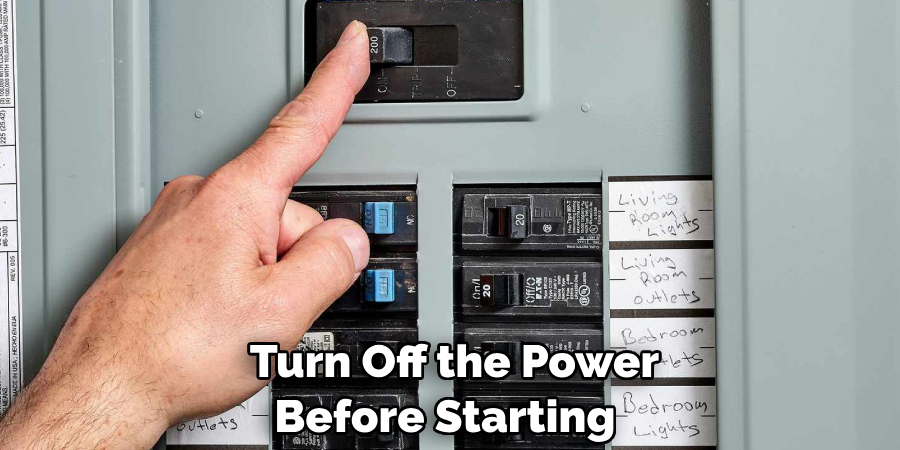
Always turn off the power before starting any electrical work, and if you are unsure about any aspect of the installation process, it is best to consult a professional electrician. By taking these precautions, you can ensure that your recessed lighting installation is safe and successful.
Safety Precautions to Follow During Recessed Lighting Installation
When installing recessed lighting, it is also important to consider the placement of the fixtures. Make sure they are evenly spaced and in a location that provides adequate lighting for the room. It is also important to choose the right type of bulb for the fixture and the room.
LED bulbs are a popular choice because they are energy-efficient and long-lasting. Before cutting any holes in the ceiling, it is important to check for any electrical wires or plumbing pipes that may be in the way.
If you are unsure, consult a professional electrician or plumber. When installing the fixtures, make sure they are securely fastened to the ceiling and that all wiring is properly connected. Test each fixture before finishing the installation to ensure that it is working properly.
Finally, always dispose of any packaging materials and old fixtures properly. Recycle any materials that can be recycled and dispose of any hazardous materials according to local regulations. By following these safety precautions and installation tips, you can ensure a successful and safe recessed lighting installation.
Troubleshooting Common Issues During Recessed Lighting Installation
Recessed lighting installation can be a great way to add a modern and sleek look to any room. However, homeowners may face some common issues during the installation process. One of the most common issues is a loose connection. This can cause the lights to flicker or not turn on at all. To fix this issue, it is important to check the wire connections and tighten them if necessary.

This will ensure that the lights are properly connected and working as they should. Another common issue that homeowners may face during recessed lighting installation is a blown fuse or tripped circuit breaker. This can happen if the lights are drawing too much power. To fix this issue, it is important to replace the fuse or reset the circuit breaker.
This will ensure that the lights are working properly and not causing any electrical issues in the home. Finally, if the lights are not positioned correctly, they may not provide adequate lighting. This can be frustrating for homeowners who want to create a well-lit space. To fix this issue, it is important to adjust the position of the lights and test the lighting.
Conclusion
Recessed lighting is a popular lighting option for homeowners who want to add a touch of elegance and sophistication to their homes. It is a great way to highlight certain areas of a room, such as artwork or architectural features, and can also provide general lighting for the entire space.
While installing recessed lighting can be a bit challenging, especially in homes without attic access, it is not impossible. With the right tools and techniques, homeowners can successfully install recessed lighting in their homes. Hopefully, this article gave you some helpful tips about how to install recessed lighting without attic access successfully, so now that you have the proper knowledge on how to get the job done, why not give it a try today?

